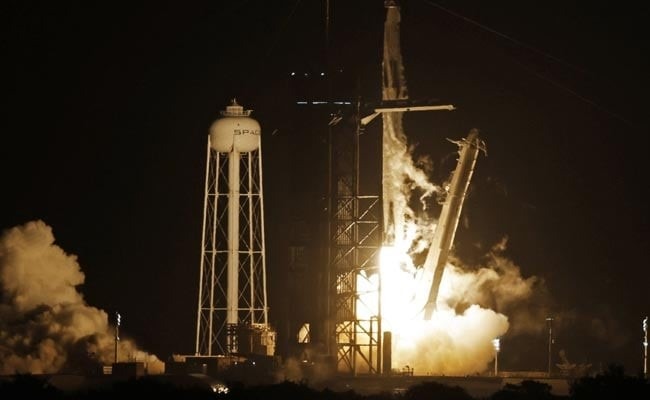| Translate This News In |
|---|
The National Aeronautics and Space Administration (NASA), as well as a number of big corporations, have expressed reservations about SpaceX’s proposal to deploy around 30,000 satellites for its Starlink service.
Elon Musk’s SpaceX has requested permission to launch a second-generation constellation of 30,000 satellites after previously receiving approval for about 12,000 satellites to provide broadband internet.
“NASA is worried about the possibility for a significant rise in conjunction events, as well as the ramifications for NASA’s science and human spaceflight programmes,” the agency wrote to the FCC.
According to NASA, there are currently 25,000 objects in orbit, with roughly 6,100 of them falling below 600 kilometres. It went on to say that SpaceX’s Gen2 expansion “would more than double the number of tracked objects in orbit and more than five-fold the number of objects below 600 km.”
Astrophysicist Jonathan McDowell of Harvard-Smithsonian Center for Astrophysics, who was part of an American Astronomical Society panel looking into the effects of satellites on astronomy, said: “We’ve been concerned about having so many satellites in the sky interfering with astronomical observations… Before we ramp up to the tens of thousands, I believe we need a little more experience with the thousands of operational satellites.”
A attempt for comment from SpaceX went unanswered right away.
On January 15, Musk tweeted that SpaceX has 1,469 Starlink satellites operational, with another 272 on the way.
Amazon.com, which has vowed to spend at least $10 billion to build 3,236 similar satellites as part of its Project Kuiper initiative, and Dish Network also expressed reservations about SpaceX’s proposal to the FCC.
“At least hundreds—and potentially more than ten thousand” SpaceX satellites may operate at the same altitudes as the Kuiper System, according to Amazon’s assessment of SpaceX’s application.
It warned that “the effect of this orbital overlap on the Kuiper System would be a considerable increase in hazards and other burdens,” and urged the FCC to implement “appropriate limitations.”
While satellite technology is highly expensive to deploy, it can give high-speed internet to people who live in remote or difficult-to-reach areas where fibre optic cables and cell towers do not reach. When communication is disrupted by hurricanes or other natural catastrophes, the technology might be a lifesaver.


















